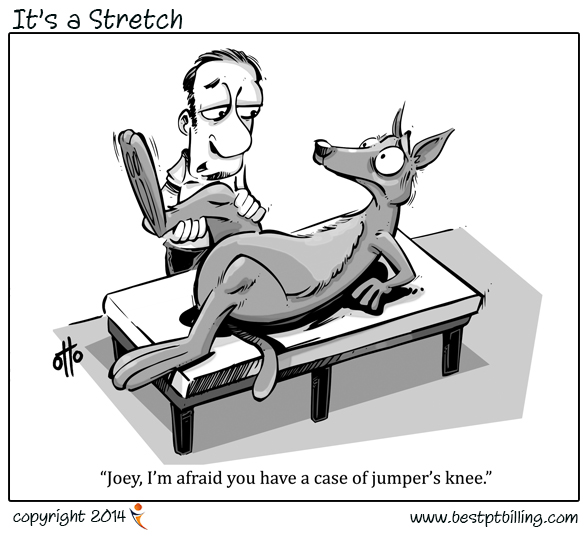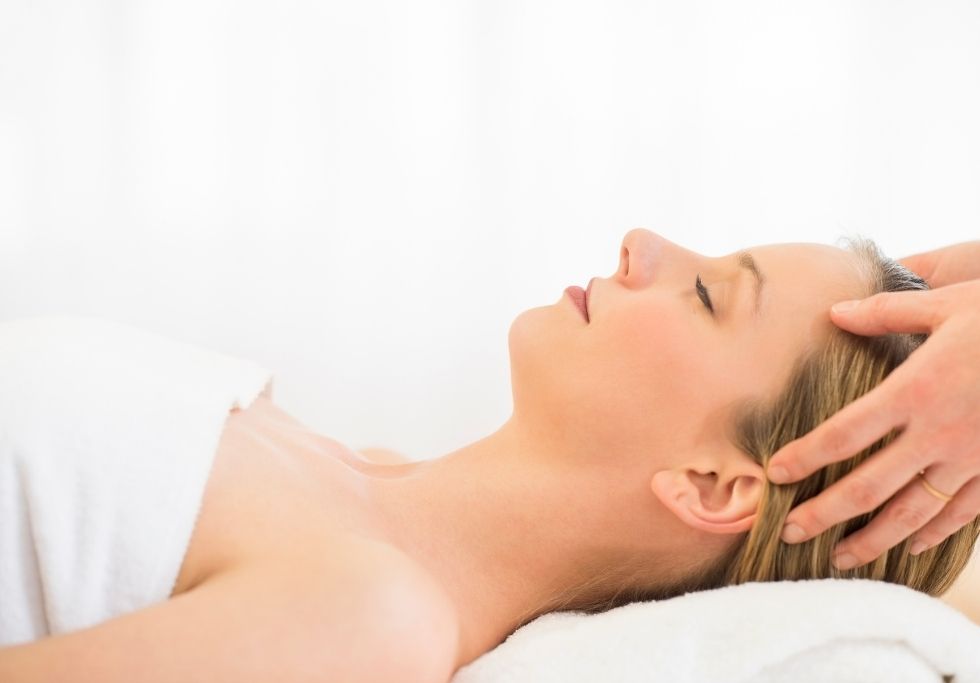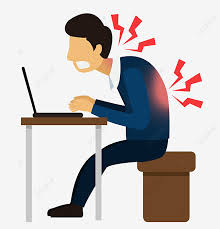What Causes the Pain?
As we get older and begin to gain weight, we begin to put more stress on our body and all our joints. The increase in body weight and the lack of mobility whether is by job, health or busy schedule cause us to look to get healthier. In this pursuit of health and reduction of weight many begin exercising and working out. As we increase our activities, we also increase the stressors on the knee.
The knee is a vulnerable joint that bears a great deal of stress from everyday activities, such as lifting and kneeling, and from high-impact activities, such as jogging and aerobics. Knee pain is a common complaint among adults and most often associated with general wear and tear from daily activities like walking, bending, standing and lifting. Athletes who run or play sports that involve jumping or quick pivoting are also more likely to experience knee pain and problems. But whether an individual’s knee pain is caused by aging or injury, it can be a nuisance and even debilitating in some circumstances. Don’t misunderstand what I am saying, I do believe that we all need to got out an move more but also be more aware of what we are doing and pay attention to out body. So lets learn more about the knee to help you in your journey of betting healthier and feeling better.
The knee is formed by the following parts:
Bones
Tibia- This is the shin bone or larger bone of the lower leg.
Femur.- This is the thighbone or upper leg bone.
Patella – This is the kneecap.
Each bone end is covered with a layer of cartilage that absorbs shock and protects the knee. Basically, the knee is 2 long leg bones held together by muscles, ligaments, and tendons.
Muscles and Tendons
1. The quadriceps muscles (located on the front of the thighs), which straighten the legs, and
2. The hamstring muscles (located on the back of the thighs), which bend the leg at the knee.
Along with other muscles around the knee, you will also find tendons and ligaments. Tendons are tough cords of tissue that connect muscles to bones. Ligaments are elastic bands of tissue that connect bone to bone. Some ligaments on the knee provide stability and protection of the joints, while other ligaments limit forward and backward movement of the tibia (shin bone).
Common Knee Problems
Many knee problems are a result of the aging process and continual wear and stress on the knee joint (such as, arthritis). Other knee problems are a result of an injury or a sudden movement that strains the knee.
- Sprained or strained knee ligaments and/or muscles usually caused by a blow to the knee or a sudden twist of the knee. Symptoms often include pain, swelling, and difficulty in walking.
- Torn cartilage. Trauma to the knee can tear the menisci (pads of connective tissue that act as shock absorbers and also enhance stability). Cartilage tears can often occur with sprains. Treatment may involve wearing a brace during an activity to protect the knee from further injury. Some people report that there was not significant trauma associated with the tear. Symptoms include pain in the knee joint: usually on the inside (medial), outside (lateral) or back of the knee, swelling, catching or locking of the knee joint, inability to fully extend or bend the knee joint and limping.
- Tendonitis – Inflammation of the tendons may result from overuse of a tendon during certain activities such as running, jumping, or cycling. Tendonitis of the patellar tendon is called jumper’s knee. This often occurs with sports, such as basketball, where the force of hitting the ground after a jump strains the tendon.
- Arthritis.
- Osteoarthritis is the most common type of arthritis that affects the knee. Osteoarthritis is a degenerative process where the cartilage in the joint gradually wears away. It often affects middle-age and older people. Osteoarthritis may be caused by excess stress on the joint such as repeated injury or being overweight.
- Rheumatoid arthritis can also affect the knees by causing the joint to become inflamed and by destroying the knee cartilage. Rheumatoid arthritis often affects persons at an earlier age than osteoarthritis.
- Posture/Alignment – Body structure and alignment can also put abnormal stress on the knee joint. This occurs due to abnormal stressors that are placed on the knee because it is out of alignment and causing the musculature around the knee to work to hard and even add abnormal pull in the ligaments thus causing a tear in the cartilage.
- Patellar Instability – When the knee cap has shifted out of (dislocated) or shifted to the edge of (subluxed) the groove that is slides in. The patella is attached to the femur and Tibia via tendons. Abnormal movement of the knee cap and cause stress, pain, tenderness and soreness in children and in active individuals often performing deep squats.
If you or someone you love are dealing with any of these symptoms then please give us a call so that we can help you decrease the pain or point you to the right discipline that can. If you would like to discuss certain topics then please comment below and we will address those.
Stay tuned for Part 2. for “What you Knee’d to know about knee pain.
But you are looking for Immediate relief the check out our
Knee’d to Get Active Diagnostic Exam (Click to schedule)
- Identifying probable cause of Pain
- Determining loss of Motion
- Accessing Movement Limitations
- Identifying Strength Loss
- Identifying Restrictions
- Develop Individualized Plan to Decrease Pain
- Create Customized Mobility Plan
Thanks Jameka


